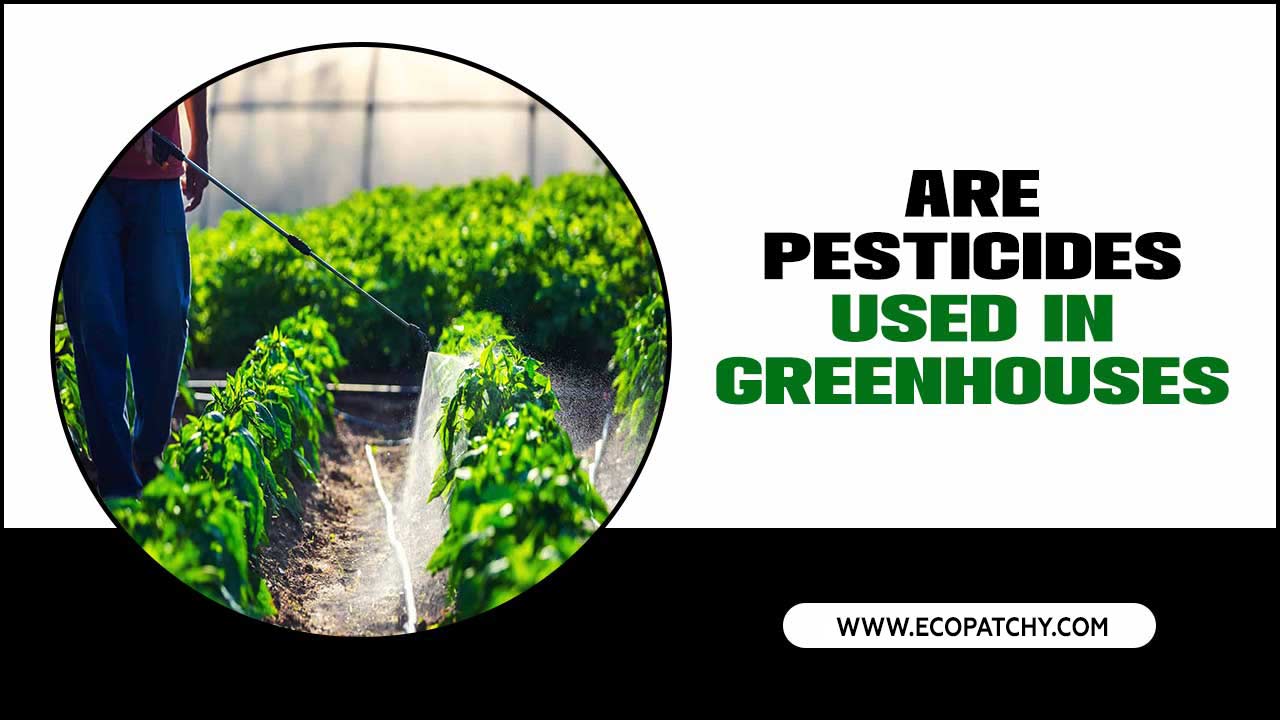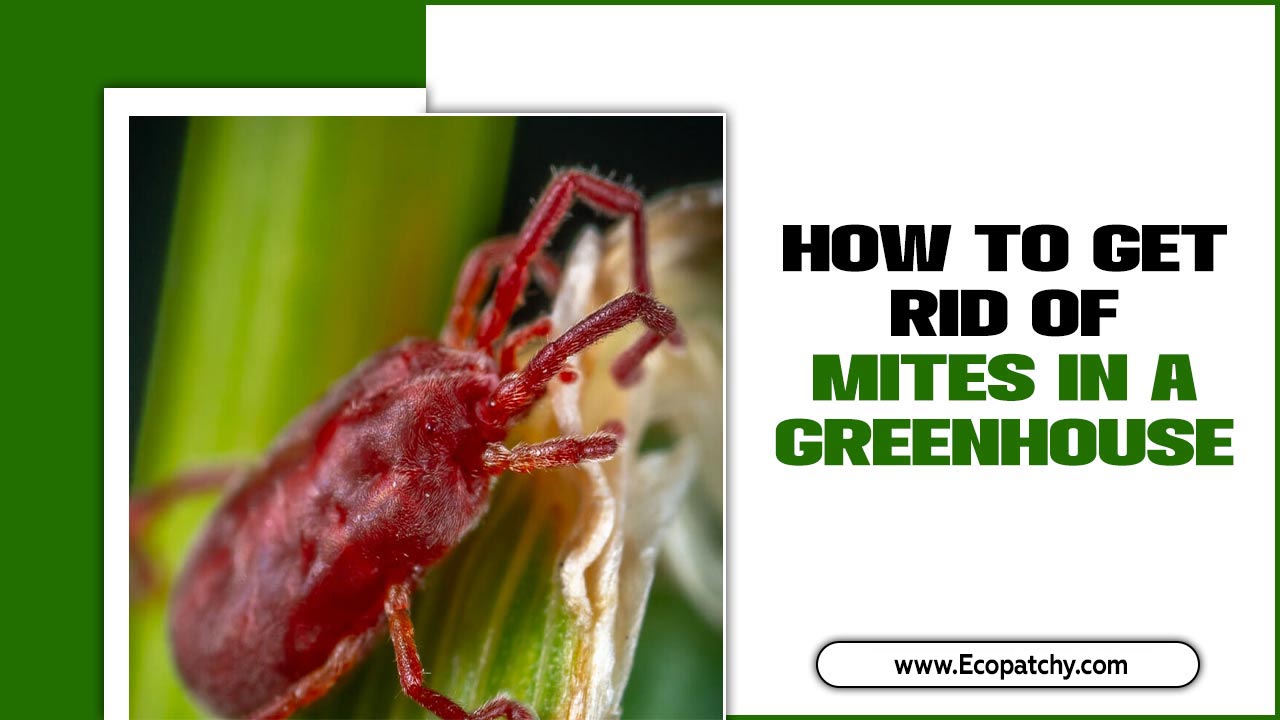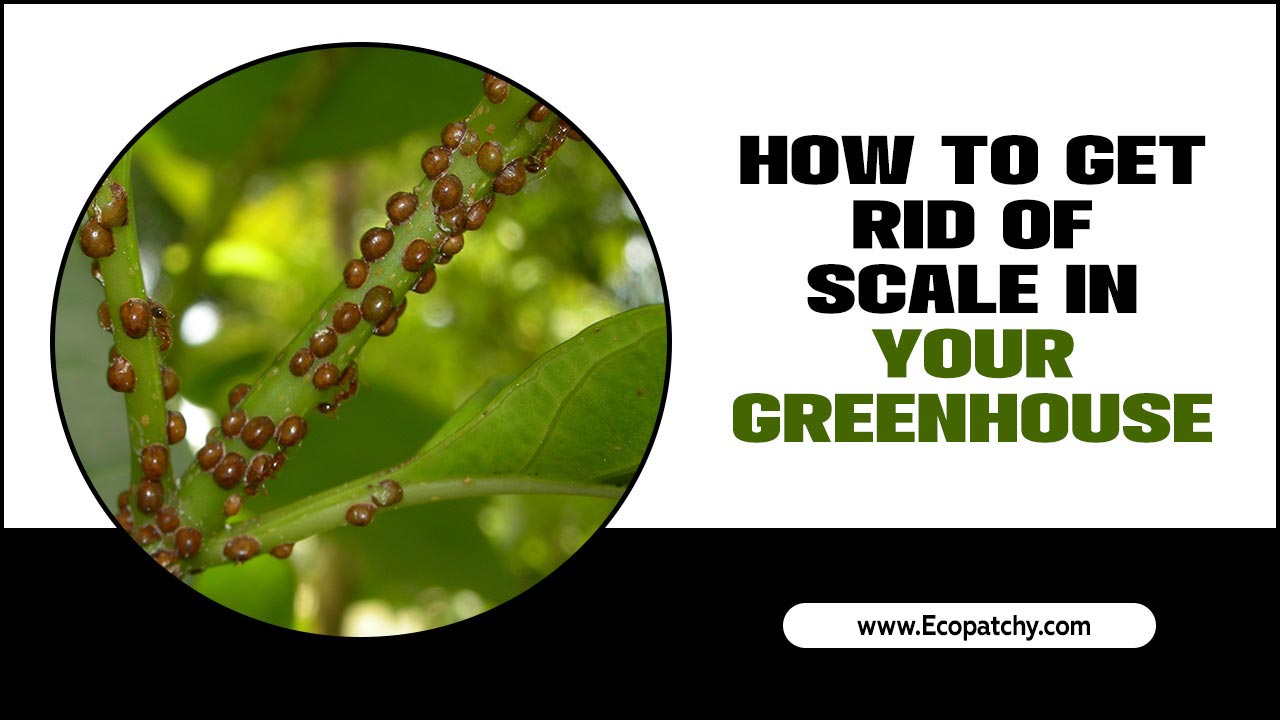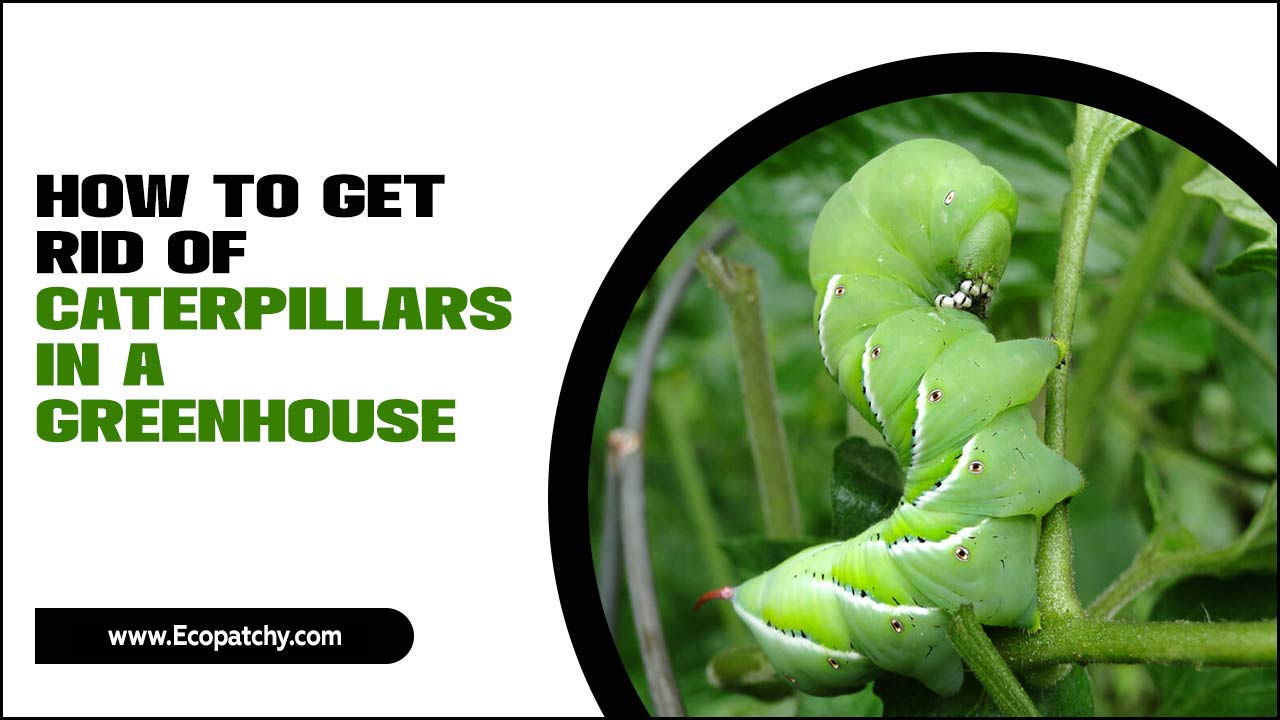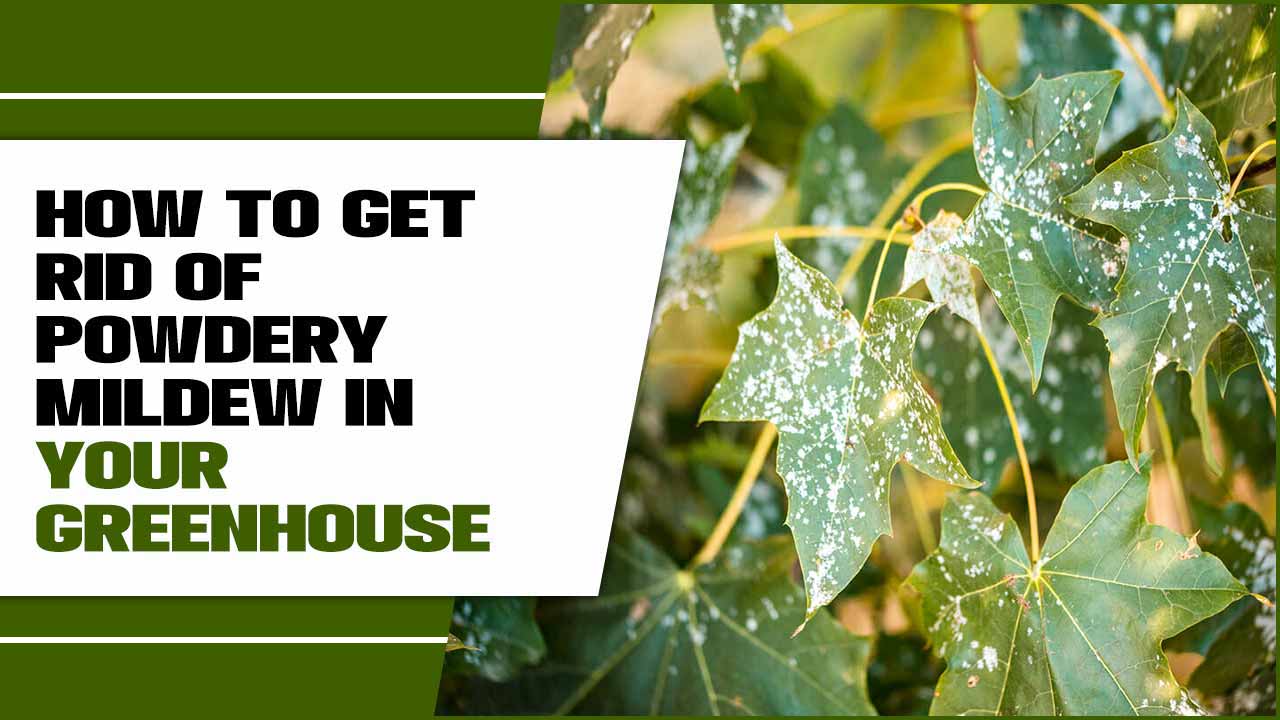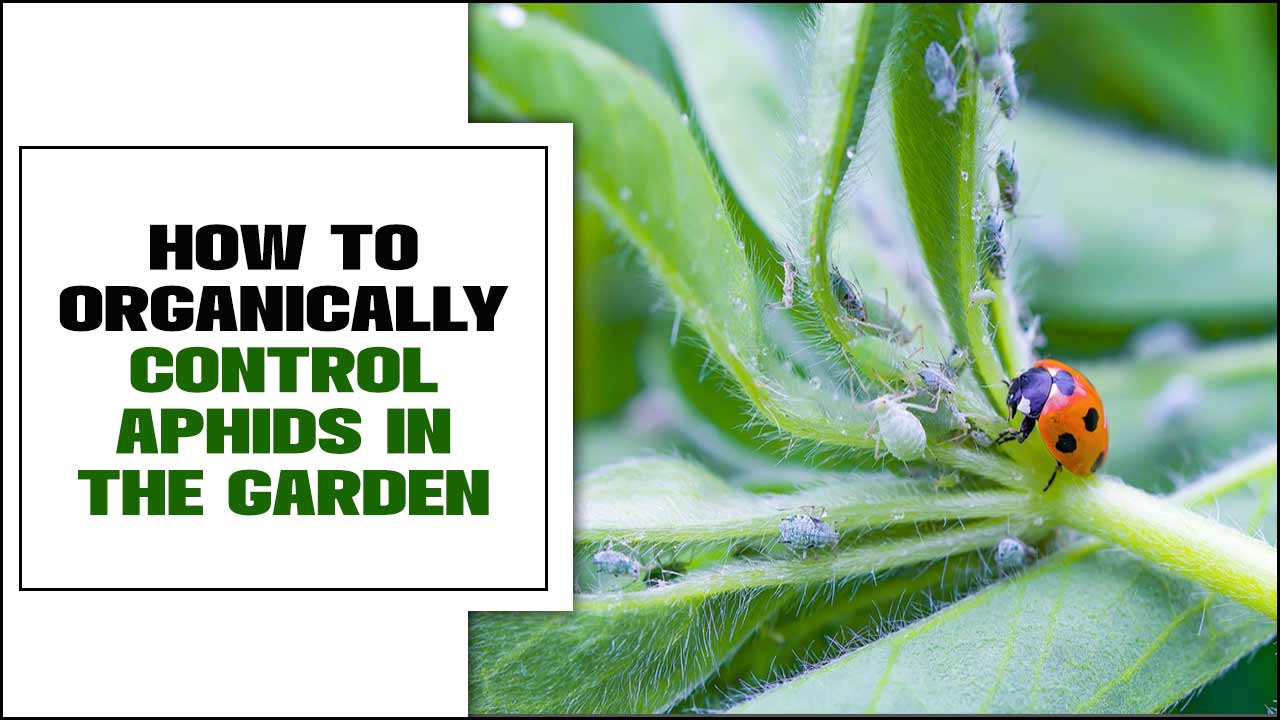Greenhouses are an essential tool for avid gardeners and commercial plant growers alike. They provide a controlled environment for plants to thrive in, allowing for year-round cultivation and protection from harsh weather conditions.
However, with the benefits of a greenhouse also come potential challenges, one of which is controlling pest infestations. One common but particularly troublesome pest that can wreak havoc in a greenhouse is the whitefly. These small, winged insects feed on the sap of plants, causing damage to leaves and transmitting diseases. Their rapid reproduction and resilience make them a persistent problem for greenhouse owners.
Here, we will explore effective methods for how to get rid of whiteflies in a greenhouse. From preventative measures to targeted treatments, we will provide the knowledge and tools to keep your greenhouse free from these pesky pests.
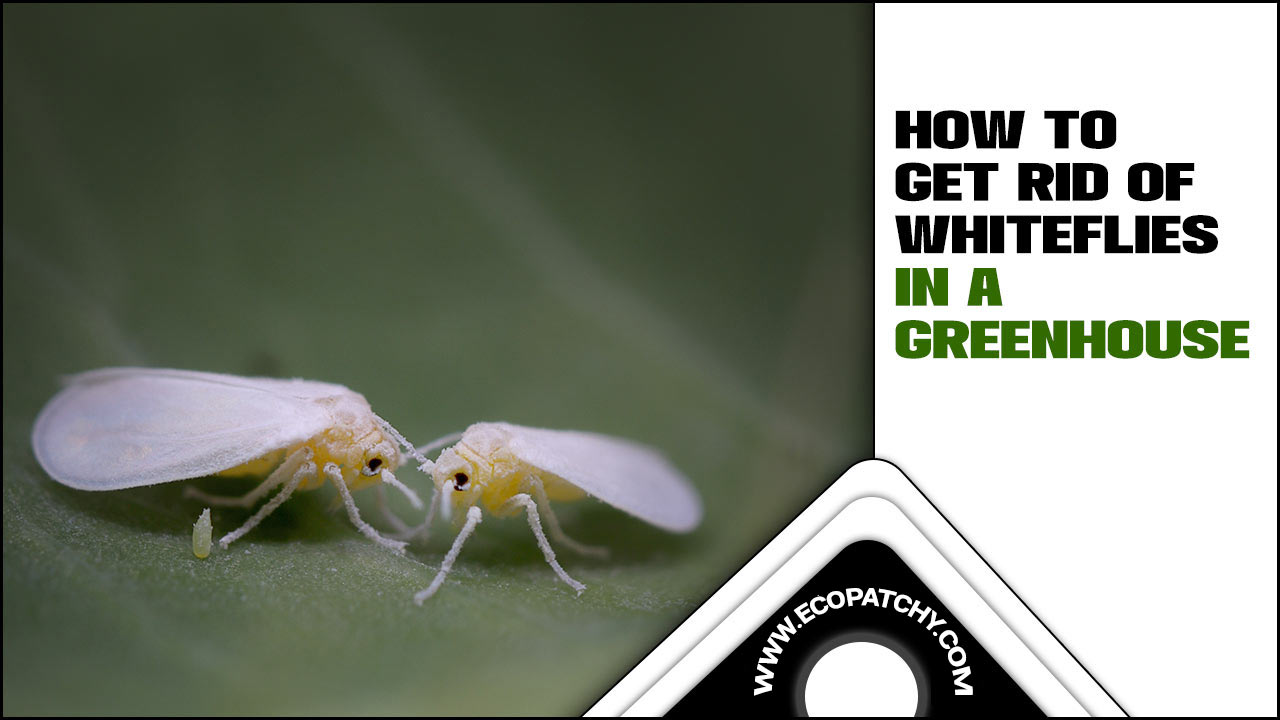
How To Get Rid Of Whiteflies In A Greenhouse – 7 Easy Tips
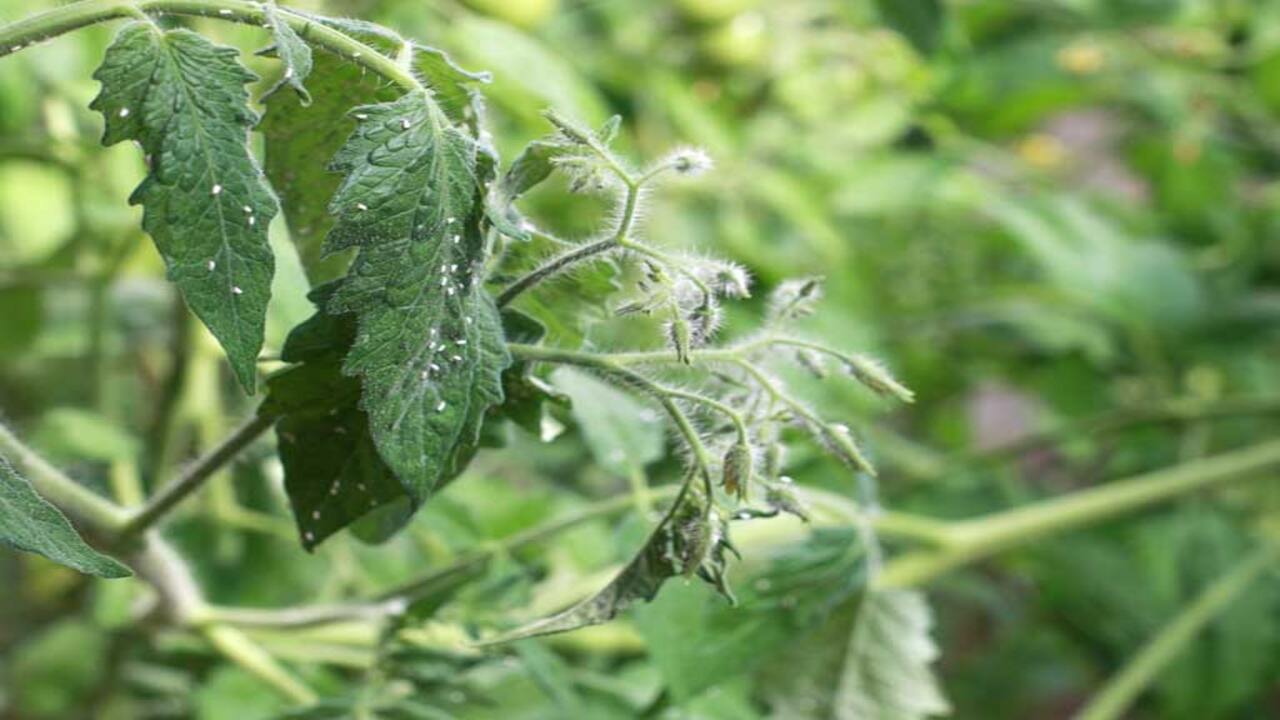
Whiteflies are a common pest in greenhouse environments, posing significant challenges to the cultivation of plants. These tiny insects, belonging to the Aleyrodidae family, not only feed on the sap of plants but also transmit harmful plant viruses.
Controlling and getting rid of whiteflies in a greenhouse is of utmost importance to maintain the health and productivity of the cultivated crops. One effective method for managing whiteflies is implementing integrated pest management (IPM) strategies. This approach involves a combination of cultural, biological, and chemical control methods, all aimed at minimizing the population of whiteflies while minimizing the negative impact on the greenhouse ecosystem.
Cultural practices such as regular monitoring, proper sanitation, and quarantine protocols are crucial in preventing the infestation and spread of whiteflies within the greenhouse. Here are six easy tips on how to get rid of whiteflies in a greenhouse:
1.Set Up Yellow Sticky Traps
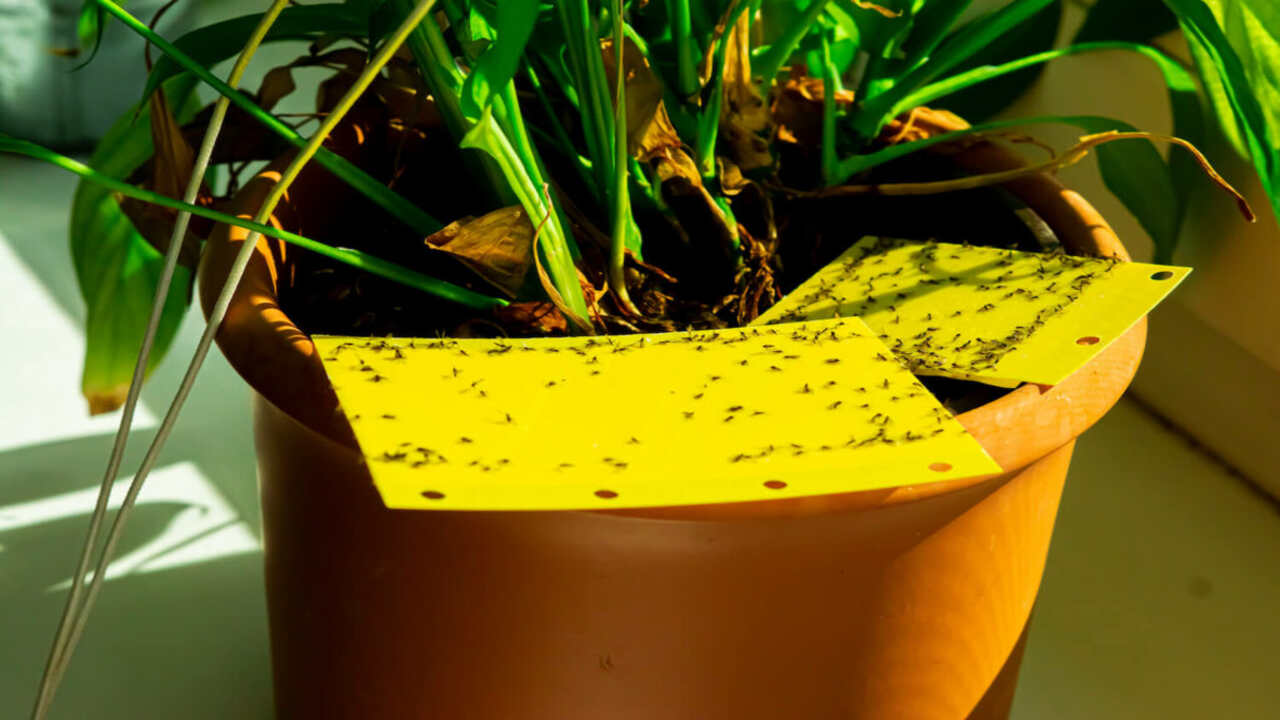
To effectively control the population of whiteflies in a greenhouse setting, it is advisable to use yellow sticky traps. These traps are specifically designed to attract and capture whiteflies, thus preventing them from causing further damage to the plants.
Yellow sticky traps have been proven to be an efficient and environmentally friendly method of controlling whitefly infestations. It is making them a popular choice among greenhouse growers. The process of setting up yellow sticky traps is relatively straightforward.
Firstly, it is important to strategically place the traps around the greenhouse in areas where whiteflies are likely to congregate. This can include near entrances, windows, and areas where plants are most susceptible to infestations. The traps should be hung at a height that is easily accessible to the whiteflies, typically around the height of the plants.
2.Introduce Natural Predators
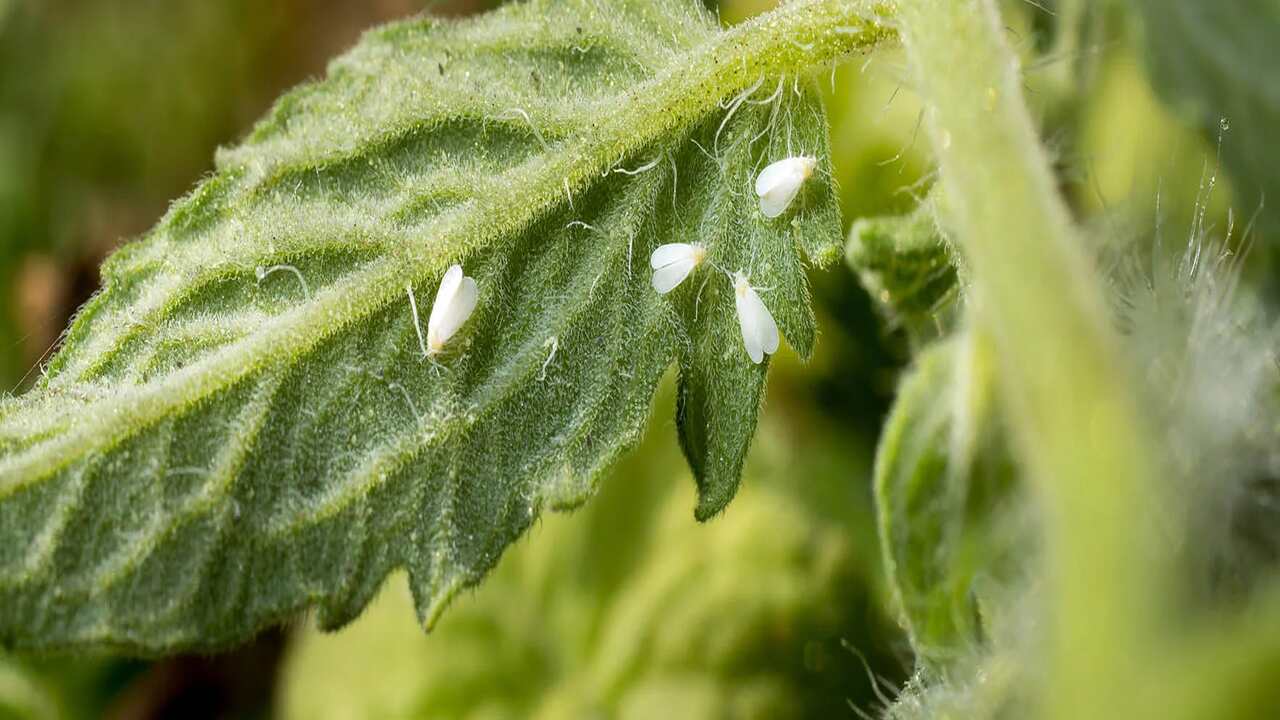
Introduce natural predators: One effective strategy for managing whitefly populations is the release of natural predators such as ladybugs, lacewings, and parasitic wasps. These beneficial insects play a crucial role in the biological control of whiteflies by feeding on their eggs, larvae, and adults.
Ladybugs, also known as lady beetles, are particularly effective predators as they can consume large numbers of whiteflies in a short period. Similarly, lacewings are voracious predators that not only feed on whiteflies but also other garden pests, making them a valuable addition to integrated pest management strategies.
Additionally, parasitic wasps are highly specialized in targeting whiteflies, as they lay their eggs inside the whitefly nymphs, leading to their eventual demise.
3.Use Reflective Mulch
Reflective mulch is an effective tool in deterring whiteflies and decreasing their populations. By covering the soil with this specialized mulch, gardeners and farmers can create an unfavourable environment for whiteflies to lay their eggs.
The reflective nature of the mulch confuses the whiteflies, making it difficult for them to locate suitable sites for egg deposition. As a result, the number of whitefly eggs laid on the plants and surrounding areas is reduced, leading to a decline in their overall population.
The reflective mulch is a physical barrier that disrupts the whiteflies’ reproductive cycle. The mulch, often made of aluminium or other reflective materials, reflects sunlight onto the plants, creating a bright and shimmering surface. This visual disturbance confuses the whiteflies and interferes with their ability to identify suitable host plants for laying eggs.
4.Apply Organic Insecticides
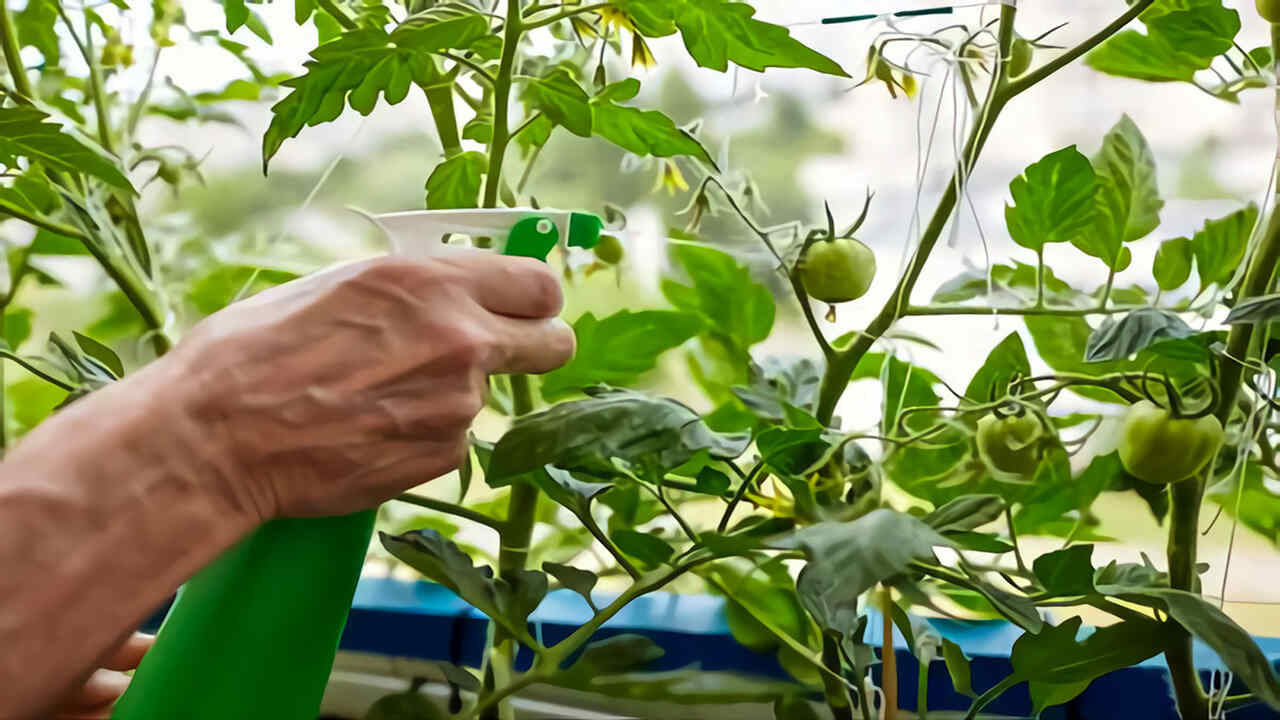
Organic insecticides, such as neem oil and insecticidal soap, effectively combat whitefly infestations in a safe and environmentally friendly manner. Neem oil, derived from the seeds of the neem tree (Azadirachta indica), contains compounds that disrupt the life cycle of whiteflies, thus reducing their population.
This natural insecticide is readily available in garden centres and can be applied by diluting it with water and spraying it onto the affected plants. The application process should be carried out according to the instructions provided on the product label, ensuring that the appropriate concentration is used and that all affected areas are thoroughly covered.
Insecticidal soap, however, works by suffocating the whiteflies and interfering with their ability to feed. This type of insecticide is composed of fatty acids that break down the protective outer layer of the insects, leading to their demise.
5.Improve Greenhouse Ventilation
To effectively address the issue of whitefly infestation in greenhouses, it is crucial to implement strategies that focus on improving greenhouse ventilation. Whiteflies, known for their rapid reproduction and ability to thrive in warm and humid environments, pose a significant threat to greenhouse crops. By increasing ventilation within the greenhouse, humidity levels can be reduced, creating an unfavourable environment for whitefly growth and reproduction.
Ventilation plays a critical role in maintaining optimal conditions within the greenhouse. By introducing fresh air and promoting air circulation, the buildup of excess moisture can be mitigated. This is particularly important as whiteflies tend to flourish in high-humidity environments.
6.Remove Infested Plants
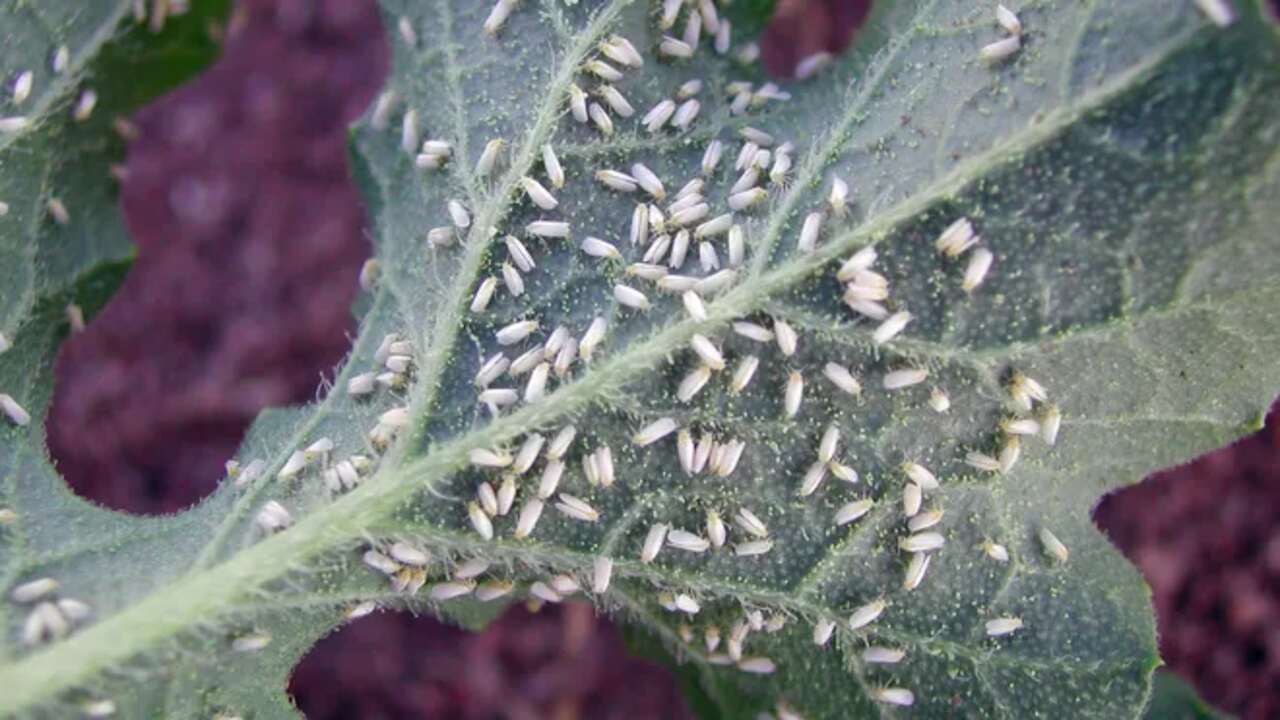
To effectively control and manage whitefly infestations in a greenhouse, it is imperative to remove any heavily infested plants promptly. Whiteflies, scientifically known as Bemisia tabaci, are notorious for their ability to rapidly reproduce and spread, posing a significant threat to the overall health and productivity of a greenhouse ecosystem.
By removing infested plants, greenhouse operators can prevent the exponential increase in whitefly populations and mitigate the risk of these pests spreading to unaffected plants. Removing infested plants involves careful handling to minimize the dispersal of whiteflies. It is advisable to wear protective clothing, such as gloves and long sleeves, to prevent direct contact with the pests.
Integrated Pest Management (Ipm) Strategies For Whitefly Control
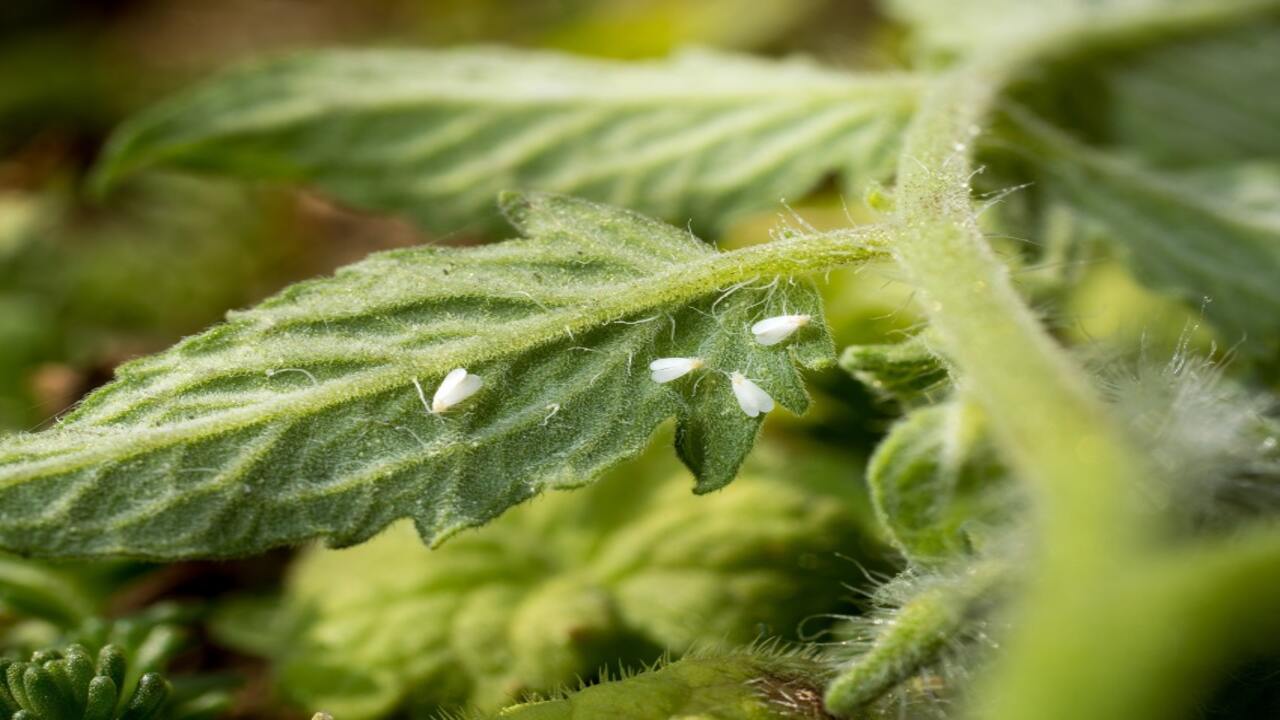
Integrated Pest Management (IPM) strategies for whitefly control have become increasingly important in agricultural and horticultural practices. Whiteflies, characterized by their small size and ability to reproduce rapidly, are notorious pests that can cause significant damage to a wide range of crops.
Integrated Pest Management (IPM) strategies for whitefly control in a greenhouse involve a combination of various approaches to manage and reduce the population of whiteflies effectively. Here are some IPM strategies specifically for whitefly control:
- Monitoring And Scouting: Regularly inspect the greenhouse plants for whitefly presence. Use yellow sticky traps or sticky cards to monitor adult whiteflies. This helps in determining the population level and deciding the appropriate control measures.
- Cultural Controls: Implement cultural practices that discourage whitefly infestations. These include removing and destroying infested plants, regularly cleaning greenhouse structures, and maintaining proper plant spacing to enhance air circulation.
- Biological Control: Introduce natural enemies of whiteflies, such as parasitic wasps (Encarsia formosa or Eretmocerus eremicus), predatory mites (Amblyseius swirskii or Phytoseiulus persimilis), or predatory beetles (Delphastus catalinae).
Natural Remedies And Home Remedies For Whitefly Infestations
Whitefly infestations can be a major concern for agricultural crops and ornamental plants, causing significant damage and economic losses. In recent years, there has been a growing interest in finding effective and sustainable solutions to combat these pests.
One such approach is the utilization of natural remedies and home remedies as alternative methods to control whitefly populations. Natural and home remedies effectively control whitefly infestations in a greenhouse. Here are some options to consider:
- Reflective Mulch: Use reflective mulch around the base of plants to repel whiteflies. The shiny surface disorients the insects and reduces their attraction to the plants.
- Sticky Traps: Hang yellow sticky traps near infested plants to catch adult whiteflies. The bright colour attracts them, and the sticky surface prevents them from flying away.
- Neem Oil: Dilute neem oil with water according to the instructions on the product label and spray it on the affected plants. Neem oil is a natural insecticide, disrupting the whiteflies’ life cycle and reducing their numbers.
- Garlic Spray: Make a garlic spray by blending several garlic cloves with water and straining the mixture. Dilute it further and spray it on infested plants. The strong odour repels whiteflies and disrupts their feeding patterns.
Maintaining A Healthy Greenhouse Environment
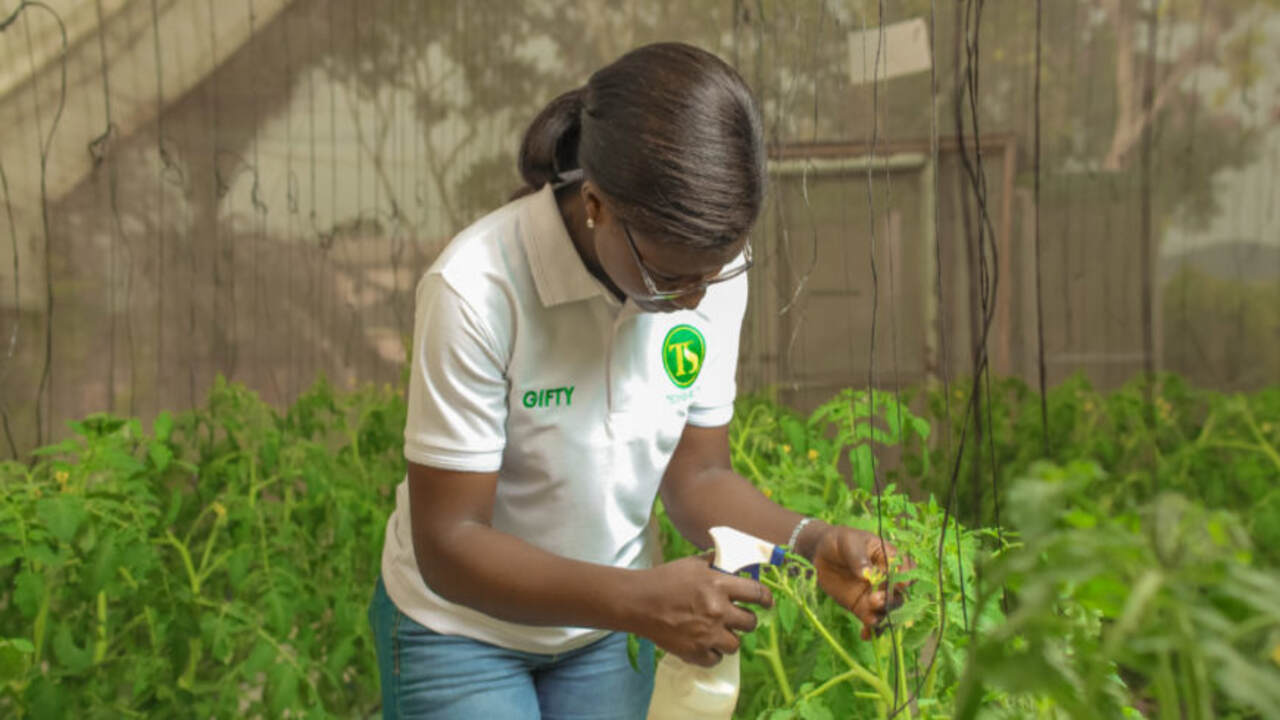
Maintaining a healthy greenhouse environment is essential for cultivating plants, as it directly influences their growth and productivity. Greenhouses provide controlled conditions that allow plants to thrive in an optimized environment, but this necessitates careful monitoring and management of various factors. Temperature regulation is crucial, as it directly affects plant metabolism and growth.
- Monitor and control the temperature inside the greenhouse to create a favourable environment for plants and discourage whiteflies.
- Keep the greenhouse well-ventilated to ensure proper air circulation and prevent the buildup of humidity, which can attract whiteflies.
- Regularly inspect plants for signs of whitefly infestation, such as yellowing leaves, sticky residue, or small white insects flying around.
- Implement proper sanitation practices, including removing any dead or infested plant material promptly to prevent the spread of whiteflies.
- Introduce beneficial insects, such as ladybugs or lacewings, which feed on whiteflies and help control their population.
- Use sticky traps or yellow cards strategically placed in the greenhouse to attract and capture adult whiteflies.
- Consider using organic insecticides or insecticidal soaps specifically formulated to target whiteflies, following the instructions carefully for safe and effective application.
- Practice crop rotation and avoid overcrowding plants to reduce the risk of whitefly infestation.
Common Mistakes To Avoid In Whitefly Control
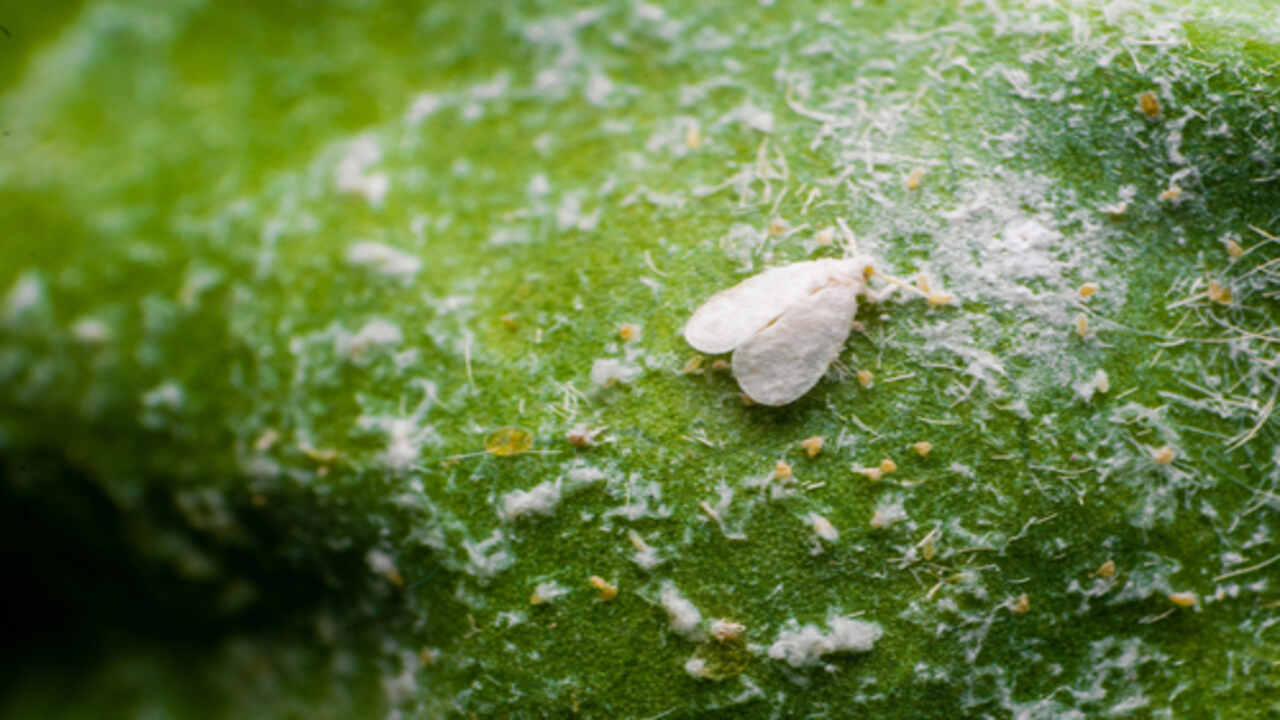
Whiteflies are a common pest in crops and can cause significant damage if not properly controlled. To effectively manage whitefly populations, growers and pest management professionals must be aware of the common mistakes that should be avoided.
- Not Properly Identifying The Whiteflies Species: Different whitefly species may require different control methods, so it’s important to correctly identify the specific type of whitefly you are dealing with.
- Inadequate Monitoring And Early Detection: Regularly inspecting your greenhouse for whitefly presence is crucial to catching infestations early on. Neglecting this step can lead to larger populations and more difficult control.
- Lack Of Proper Sanitation Practices: Whiteflies can easily spread and reinfest plants, so it’s important to remove and dispose of any infested plants or plant debris. Failing to practice good sanitation can lead to continuous infestations.
- Overreliance On Chemical Pesticides: While chemical pesticides may effectively control whiteflies, relying solely on them can lead to pesticide resistance and harm beneficial insects. It’s essential to incorporate integrated pest management (IPM) strategies and use pesticides as a last resort.
Whitefly Control Case Studies And Success Stories
This academic paragraph focuses on whitefly control case studies and success stories. Whiteflies, commonly known as sap-sucking pests, pose a significant threat to crops worldwide. As a result, researchers and farmers have extensively explored and implemented various control strategies to mitigate the damage caused by these insect pests.
- We are implementing integrated pest management (IPM) strategies to reduce whitefly populations in a greenhouse successfully.
- Introducing natural enemies, such as parasitic wasps or predatory insects, effectively controlled whitefly infestations.
- Physical barriers, such as insect-proof screens or netting, prevented whiteflies from entering the greenhouse.
- Regular monitoring and early detection of whitefly populations allowed for timely intervention and effective control measures.
- Application of organic or biological insecticides specifically targeting whiteflies yielded positive results in reducing their numbers.
- Adoption of cultural practices such as removing infected plant material or practising crop rotation helped in managing whitefly populations.
- Implementing reflective mulch or silver-colored surfaces reduced whiteflies’ attraction to the greenhouse.
- Collaboration between researchers, growers, and extension services led to the development and implementation of comprehensive whitefly control programs.
- Strict adherence to sanitation practices, including cleaning and disinfecting greenhouse structures and equipment, contributed to successful whitefly control.
Conclusion
Controlling and eliminating whiteflies in a greenhouse requires a combination of preventative measures and targeted treatments. It is important to regularly monitor and inspect plants, as well as maintain proper sanitation and plant health.
By implementing cultural, mechanical, and biological control methods, greenhouse growers can effectively control whitefly infestations while minimizing potential negative impacts on their crops and the environment. Implementing physical barriers, such as sticky traps, can also effectively reduce whitefly populations.
Additionally, natural predators or organic insecticides can help control whiteflies without harming beneficial insects or the environment. By following these methods and staying vigilant in greenhouse management, whiteflies can be successfully managed and eliminated from your greenhouse. We hope now you understand how to get rid of whiteflies in a greenhouse.
FAQs
1.Why Are They A Problem In Greenhouses?
Ans: Pests and diseases are a problem in greenhouses because the controlled environment and high humidity create favourable conditions for their growth and reproduction. The limited space and proximity of plants in greenhouses also facilitate the spread of pests and diseases. This can result in reduced crop yields, plant damage, and economic losses for greenhouse growers.
2.What Are Some Natural Predators Of Whiteflies?
Ans: Some natural predators of whiteflies include ladybugs, lacewings, parasitic wasps, and certain species of spiders and beetles. These predators feed on whitefly eggs, nymphs, and adults, helping to control their populations naturally. They are an important part of the ecosystem and can be encouraged through companion planting, providing flowering plants and shelter for them to thrive.
3.How Can You Physically Remove Whiteflies From Plants?
Ans: To physically remove whiteflies from plants, gently shake the infested leaves or use a strong jet of water to dislodge them. Additionally, you can manually squash the whiteflies by hand or use a sticky trap to catch them. Regularly monitoring and inspecting plants for whiteflies is crucial to catch infestations early and prevent their spread.
4.What Are Some Chemical Solutions For Controlling Whiteflies In A Greenhouse?
Ans: Some chemical solutions for controlling whiteflies in a greenhouse include insecticides such as neonicotinoids, pyrethroids, and insect growth regulators. These chemicals can be applied as sprays or through systemic treatments. It is important to follow the instructions and safety precautions when using these chemicals to ensure effective control while minimizing harm to beneficial insects and the environment.
5.How Can You Prevent Whiteflies From Infesting Your Greenhouse In The First Place?
Ans: To prevent whiteflies from infesting your greenhouse, you can implement a few preventive measures. First, regularly inspect your plants for signs of whitefly infestation, such as sticky residue or yellowing leaves. Secondly, maintain good hygiene by regularly cleaning and sanitizing your greenhouse removing any plant debris or weeds that could attract whiteflies.

